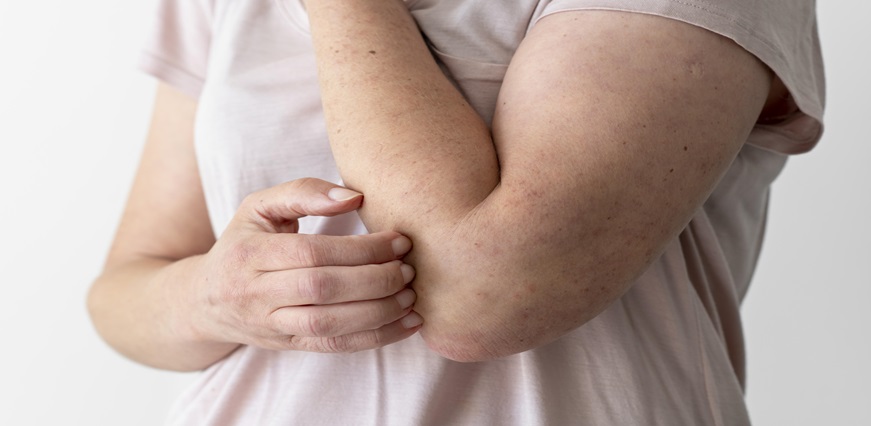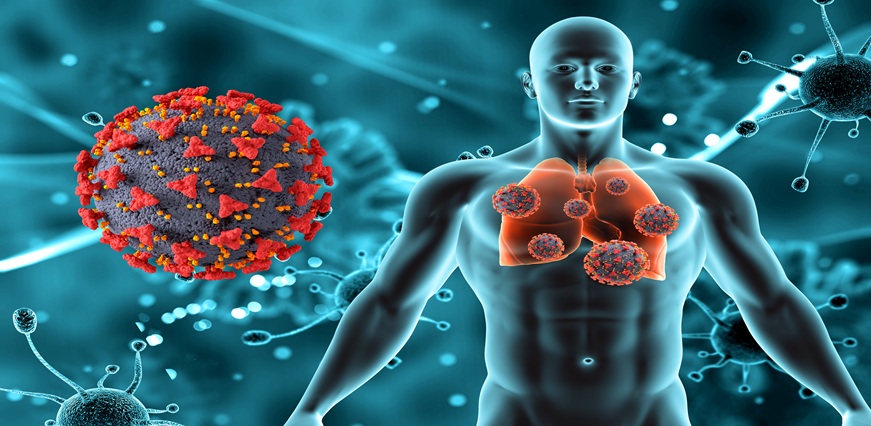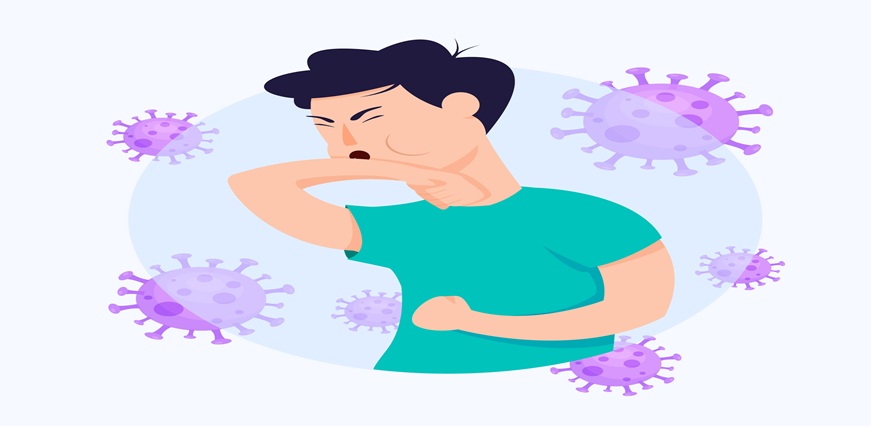A pilonidal sinus can be defined as an inflammatory condition of the skin. In this, a small cavity is formed, usually in the area dividing the buttocks. Generally, this cyst or cavity contains hair, dirt, and debris. When infected, it can cause severe pain and may ooze pus and blood as well.
After knowing what pilonidal sinus disease is, it is important to understand its causes, symptoms, and treatment. Here is a detailed explanation of all these things:
Causes
Sinus is a medical term for a channel or cavity, and it can occur anywhere in the body. Like any other kind of sinus, pilonidal sinus can also occur for a variety of reasons. Although the exact causes of pilonidal sinus are unclear, it is thought to be caused by any kind of friction against that skin. In addition to that, hormonal changes in the body are also considered the main reason for pilonidal sinus infections.
There are certain things that can increase one’s chances of developing a pilonidal sinus. These include:
- Not maintaining a healthy body weight
- Having excessive hair growth on the body
- Prolonged hours of sitting
Symptoms
In most cases, a pilonidal sinus starts in the form of a small, dimple-like depression on the surface of the skin. This inflammatory condition does not cause any noticeable symptoms unless it becomes infected. But when infected, it can cause a pus-filled abscess to develop on that spot.
Sometimes, the pilonidal sinus has symptoms like: -
- A tender lump under the skin
- Pain while sitting
- Redness on the skin
- Pus and blood oozing from the cyst
- Hair protruding from the lesion
- A foul odour from the wound
- Fever and chills (less common)
Complications
Here are a few complications of a pilonidal sinus infection:
- Severe pain and discomfort
- Excessive bleeding from the wound
- Swelling
Diagnosis
There are no tests required for the diagnosis of pilonidal sinus. Generally, a doctor can easily diagnose this inflammatory condition by looking at the affected area.
Treatment
If not treated on time, the pilonidal sinus can get worse. It is important to consult a doctor as soon as one experiences any of the above symptoms. The first thing the doctor will suggest is to keep the affected area clean and dry. Sometimes, he/she may also remove any hair near the sinus to minimise the risk of any kind of further infection.
Generally, doctors prefer pilonidal sinus treatment without surgery. However, the treatment of pilonidal sinus is decided depending on the severity of the condition. Here are a few commonly used treatment methods for pilonidal sinus disease:
Conservative treatment
If a pilonidal sinus infection is diagnosed at an early stage, the doctor is most likely to suggest a conservative treatment. Since there will be no severe pain or inflammation, he/she will prescribe a broad-spectrum antibiotic. This treatment prevents the growth of bacteria, giving instant relief from the discomfort. After this treatment, the doctor may recommend a follow-up exam to check for the reoccurrence of the infection.
Laser Lancing
This treatment is suitable for a stage when an abscess has been formed. In laser lancing for a pilonidal sinus, the doctor will give the individual local anaesthesia. After that, a small incision is made in the skin to open the abscess. The doctor will now get rid of any hair, blood, and pus from here. Once the procedure is done, the wound will be covered with a sterile dressing, allowing it to heal completely.
Phenol injection
Just like lancing, this treatment also requires a local anaesthetic. Once done, the doctor will inject phenol into the cyst. This is a chemical compound commonly used as an antiseptic. As a result of this treatment, the lesion will harden and eventually close. Depending on the severity of the infection, this procedure may need to be repeated more than once.
Surgery
This treatment is performed when the cyst becomes infected and causes severe pain. This is considered the best treatment for pilonidal sinus in cases of recurring infection or the presence of more than one sinus tract. In this, one will first be given a local anaesthetic, and then an incision will be made into the lesion(s). After that, the pus, blood, and other debris will be drained from the abscess. Once this process is complete, the doctor will close the wound with stitches, followed by a sterile dressing. The healing time after this pilonidal sinus treatment can be anywhere between 2-4 weeks.
Prevention
One can prevent a pilonidal sinus infection by following a few simple tips. These are:
- Washing the area on a daily basis with a mild soap and water
- Keeping the area completely dry
- Avoiding sitting for long periods













 7982100200
7982100200
























 To reach our help desk call 9213188888
To reach our help desk call 9213188888.png)
Comments